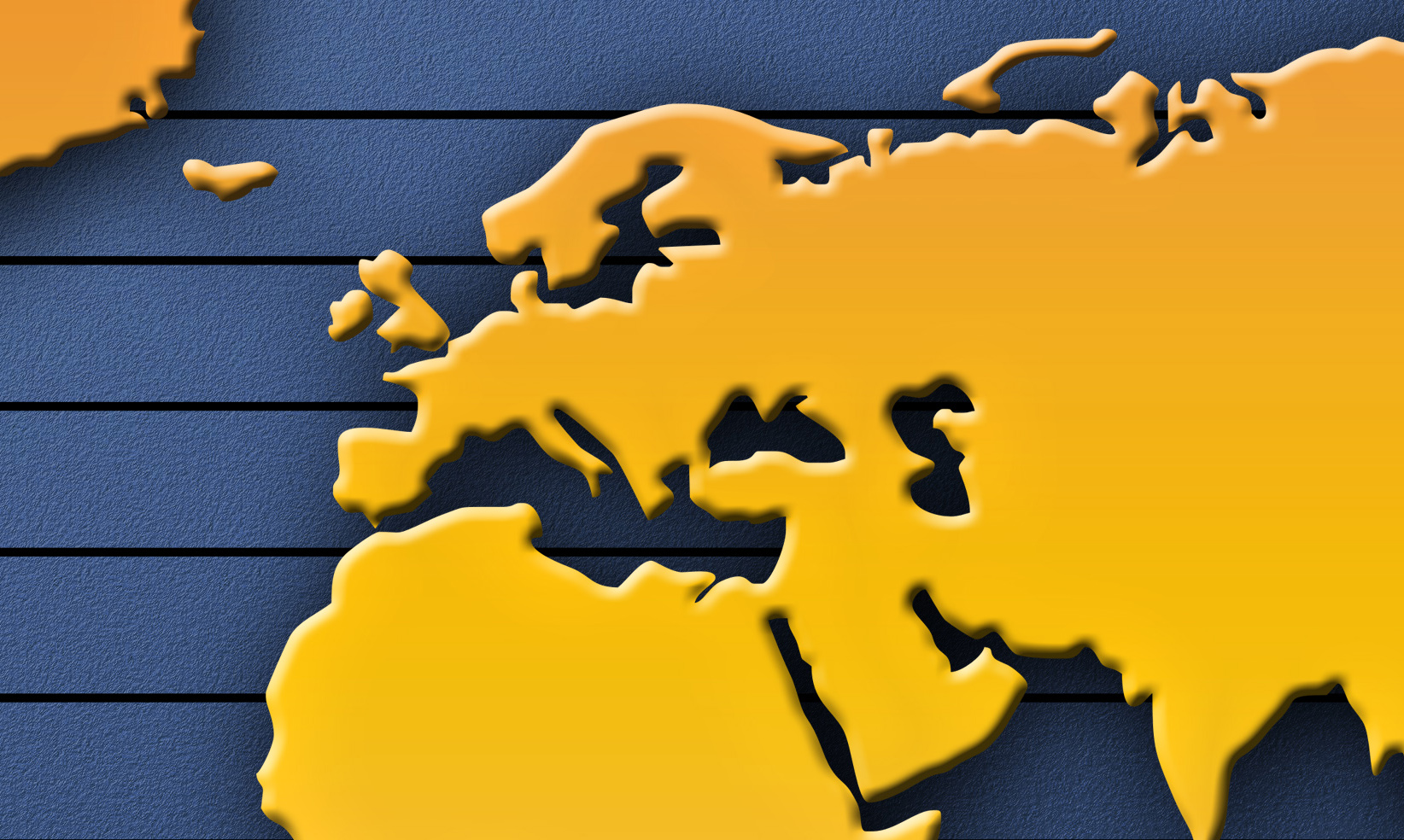Europe’s Final Hope For Energy Independence From Russia

Europe’s reluctance towards reliance upon Russian natural gas trade is no secret. It’s also no surprise, due to fallouts between Russia and Ukraine (a major transit country for the trade) in 2006, 2009 and 2014. Currently Russia and Ukraine do not even have a bilateral gas trade, but Russian gas is transported through Ukrainian pipelines to Europe, only to be resold to Ukraine by E.U. countries in “reverse-flow” deals. This doesn’t sound like a stable system, considering the reliance of Europe’s gas supply upon these Ukrainian pipelines (European supplies were cut by 30 percent in the 2009 Ukrainian crisis).
What happened to Europe’s plans for energy diversification? The Nabucco pipeline, which planned to bring gas from the Caucasus, is more or less dormant. This line would have succeeded in providing Europe with a stable non-Russian supply from the Caspian region. It may have some life in it yet, but no one should keep their hopes up for the near future.
The existing Nord Stream, running under the Baltic Sea directly from Russia to Germany, is a political divider. European opinions on this so-called “diversification” are often combated with the reminder that it is still Russian gas. Nord Stream supplies a great deal of gas to Europe without crossing conflict states, but maintains 51 percent ownership by Russia’s Gazprom. Gazprom is, for good reason, often seen as an operating arm of the Russian government, conferring with government officials to regulate pricing for its clients around the world.
If Europe wants to diversify its gas supply, it needs to get serious about Caspian gas. The Shah Deniz field of Azerbaijan is ripe for the picking, needing only the political and infrastructural support of transit countries and buyers. It seems, indeed, that Europe has made progress towards capitalizing on this supply.
As it stands today, there are a few primary moving pieces for the Caspian-European connection: The Trans-Caspian Line, the Trans-Anatolian Natural Gas Pipeline (TANAP), and the Trans Adriatic Line.
The Trans-Caspian line would cross the Caspian Sea from Turkmenistan to Azerbaijan, opening up Turkmen gas to the West. This would in turn connect to the existing Southern Caucus Line (or BTE), which connects the Caucus supply to Turkey through Georgia. What is needed from there is a main substantial line from Turkey into Europe. Luckily, such a line is already underway.
The Trans-Anatolian Gas Pipeline (TANAP) is a project currently under construction which would finally provide the connection between the Caspian Sea and Europe. Construction began in 2015 and is expected to continue through 2018. The TANAP also provides the inspiration for the all-European Trans-Adriatic Line, which meets the Trans-Anatolian at the Greek/Turkish border and crosses Greece, Albania, and the Adriatic to Italy.
Other sources such as renewables and nuclear are valid and viable for Europe’s future. However, European infrastructure is heavily dependent upon natural gas, with fossil fuels as a whole constituting 72.3 percent of inland consumption. The objective conclusion is that Europe must continue developing strategies to connect the Caspian Sea to its borders, while continuing to develop its own gas and renewable production rates.
This requires infrastructural support, but also diplomatic encouragement. It seems in Europe’s interest to extend diplomatic relations to key nations, namely, Georgia, Azerbaijan and Turkey. Georgia requires European attention as much as ever, given the Russo-Georgian war of 2008.
Were the same conflict to occur in the coming years, it would pose a significant threat to the developing Southern Corridor from a European security perspective. Transit through Georgia is key to the entire Caucus system, and Europe must continue to support the nation’s independence and discourage Russian interference.
Turkey, with a leader more or less ambivalent to the West, will need European assurance that business pursuits will be profitable and supported by political leadership. By strengthening strategic political partnerships across the Southern Corridor, Europe can succeed in creating energy security for the coming decades.
Related News
Related News

- Keystone Oil Pipeline Resumes Operations After Temporary Shutdown
- Freeport LNG Plant Runs Near Zero Consumption for Fifth Day
- Biden Administration Buys Oil for Emergency Reserve Above Target Price
- Mexico Seizes Air Liquide's Hydrogen Plant at Pemex Refinery
- Enbridge to Invest $500 Million in Pipeline Assets, Including Expansion of 850-Mile Gray Oak Pipeline
- Evacuation Technologies to Reduce Methane Releases During Pigging
- Editor’s Notebook: Nord Stream’s $20 Billion Question
- Enbridge Receives Approval to Begin Service on Louisiana Venice Gas Pipeline Project
- Mexico Seizes Air Liquide's Hydrogen Plant at Pemex Refinery
- Russian LNG Unfazed By U.S. Sanctions




Comments